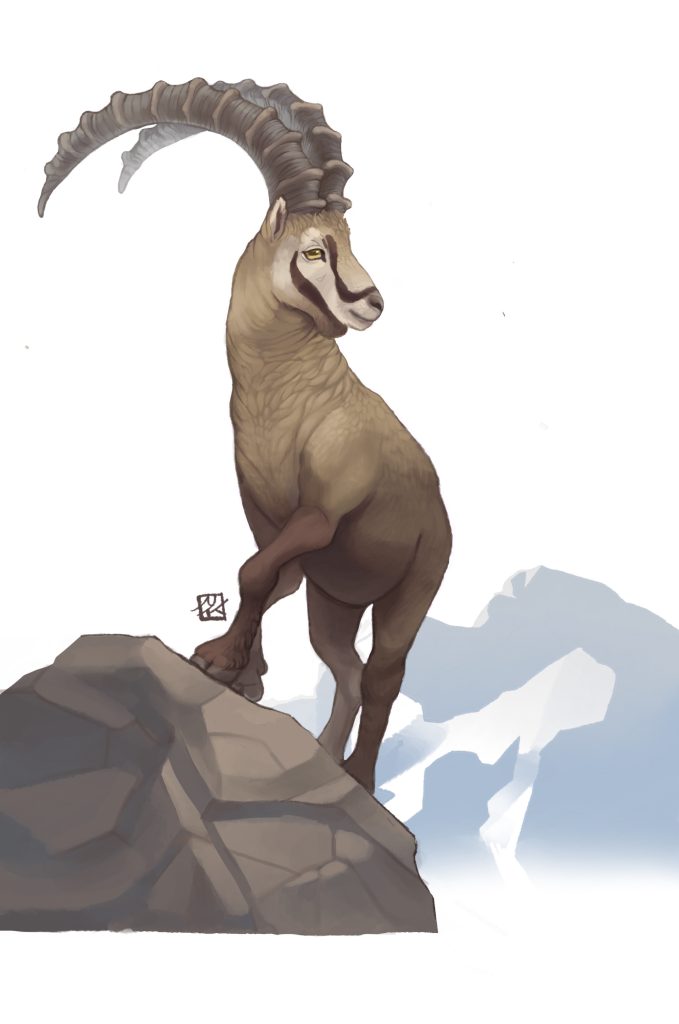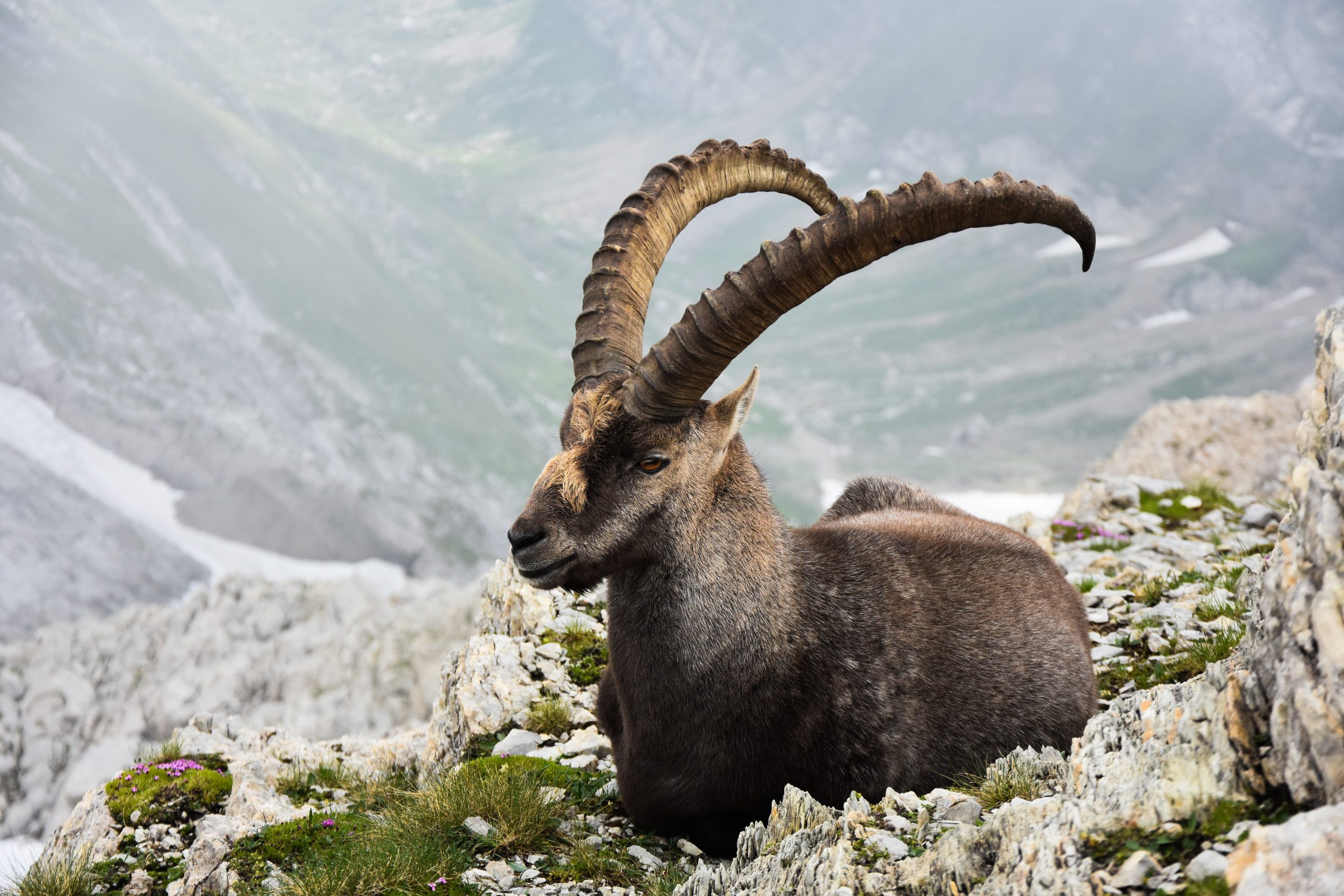Prof. dr. Elena Bužan and prof. dr. Boštjan Pokorny and their co-authors have published an original scientific article entitled “First insight into genetic diversity of Alpine ibex (Capra ibex) in Slovenia” in Slovenian Veterinary Research Journal.
In Europe, the Alpine ibex was on the verge of extinction in the 19th century, with only one population surviving in the Gran Paradiso National Park in Italy. All the individuals from this population originate from this population, which was subsequently successfully reintroduced in many locations in the Alpine Arc, which in turn affected the genetic diversity of the species due to so-called genetic drift and inbreeding. As no data on the genetic characteristics of ibex in Slovenia have been available so far, researchers have studied the genetic variability of populations in the Julian Alps and the Kamnik-Savinja Alps.
The results showed that both Slovenian populations are genetically severely depleted. Therefore, active conservation of the species, including reintroduction of individuals from populations with higher genetic variability, is urgently needed. However, the Alpine ibex is currently considered a non-native species in Slovenia, which makes conservation measures very difficult and threatens the long-term survival of the species. Scientists are therefore calling on decision-makers to change the status of the species to indigenous and, as a result, to allow reintroduction of specimens. These calls are supported by previous archaeological and genetic studies on the existence of the Alpine ibex in the Julian Alps in Late Antiquity and the Early Middle Ages, in which FEP collaborators have also participated.


